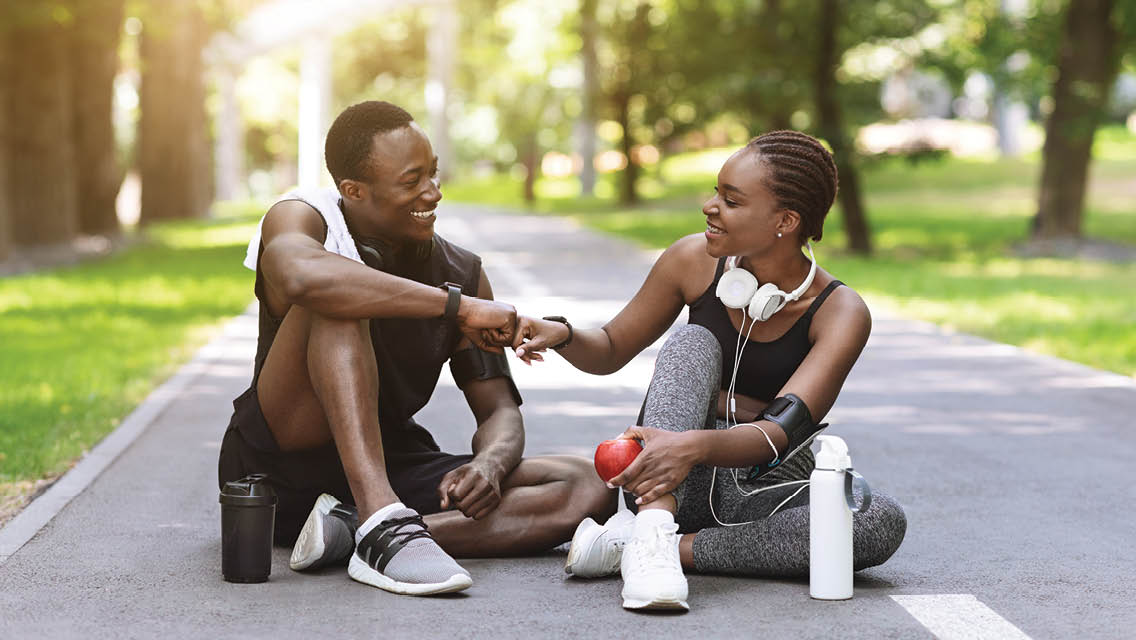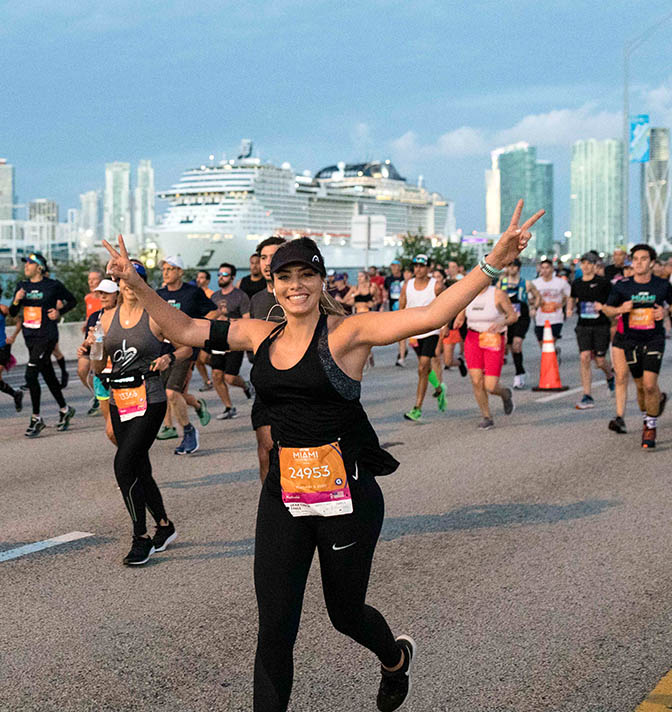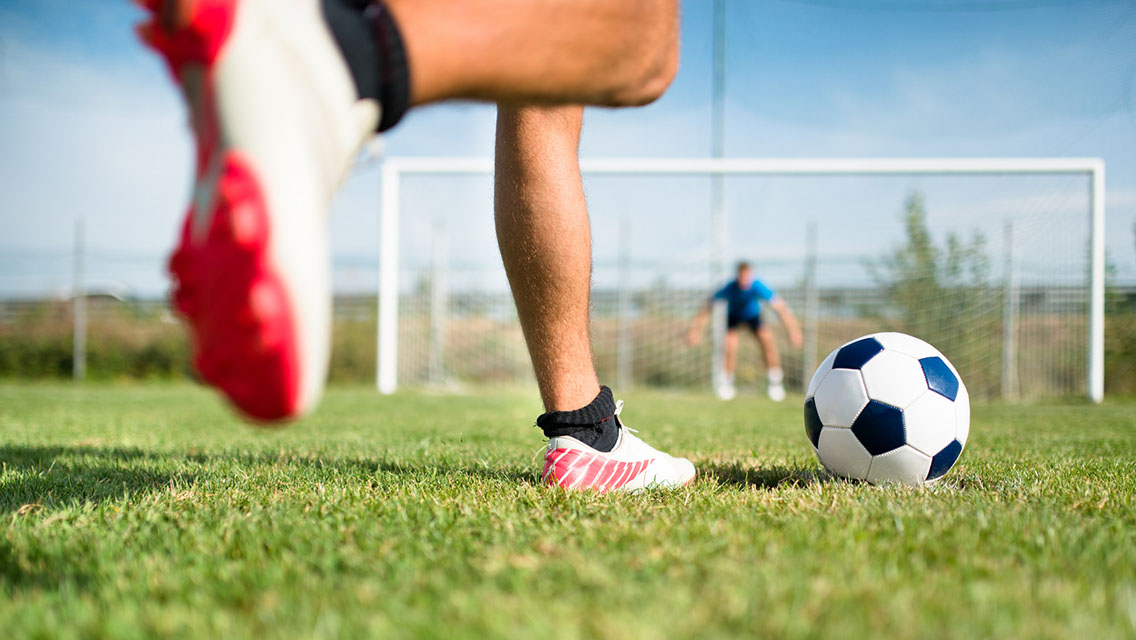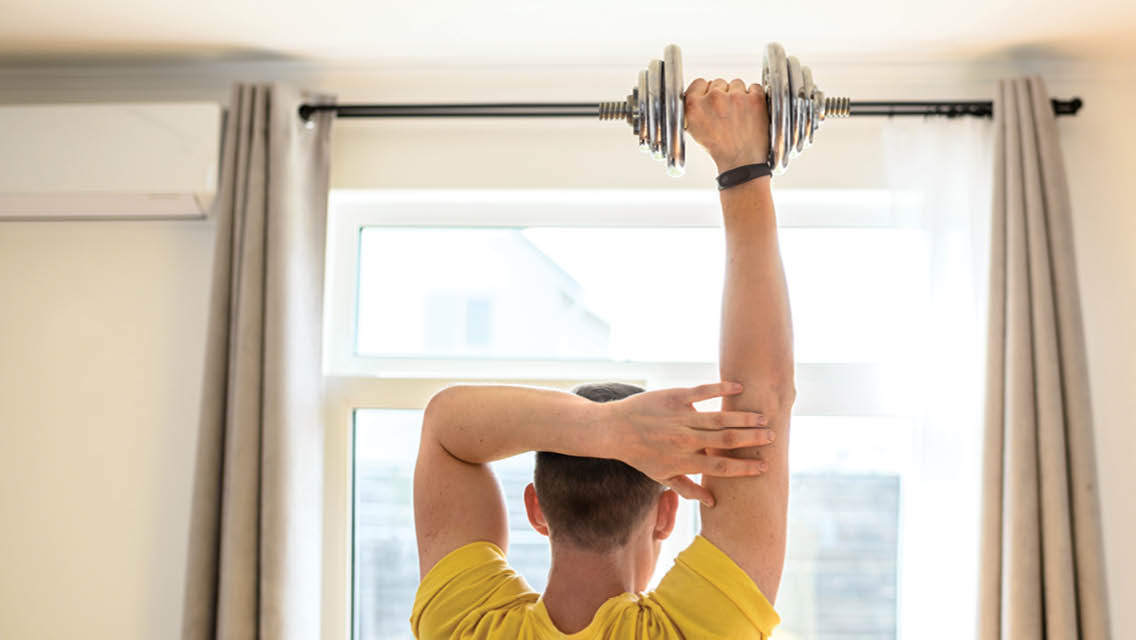Going all out, 24/7, 365 days a year, is a direct route to hitting a brick wall.
Whether they’re physical stressors from a workout, mental stressors from a big work project, or emotional stressors from a relationship issue, stress factors meld to wear us down. “Being aware of the stress in your life and how your body reacts to it can lead to a greater awareness of what rest and recovery is needed for continued resiliency,” advises Life Time Mind coach Barbara Powell.
Powell and other experts share advice on becoming a better athlete through cultivating a better perspective on being a human — and not just a human body.
1. Practice recovery.
Rest and recovery are essential for athletic performance. Training breaks down your body, which responds by building itself back up better than before — but only if you give it enough recovery time. (For more on rest and recovery, see “The Recovery Zone“.)
Powell breaks down recovery into three categories: micro, macro, and habitual.
- Microrecovery is what we can do in “tiny moments throughout the day to tend to our bodies and minds,” she says. This might be pausing to do a breathing exercise; orienting ourselves by drawing our eyes away from screens and toward nature; noticing our posture and making a tiny adjustment; or hugging someone who supports and loves us.
- Macrorecovery is what we usually think of when we take a break and rest. “This may be going on a weeklong vacation,” Powell explains. “It may be a weekend free of social media or technology. It may be the deload week in training. It is a deep, restorative time away from the ongoing work we are in the midst of — athletic or simply life or both!”
Habitual recovery is daily mindfulness practices, stretching or yoga, cold-water plunges, talk therapy or coaching sessions, gathering with family or friends, nutrition and hydration, proper sleep, and so on. “What we habitually do to support our well-being and recover from workouts and the stresses of life creates ongoing resiliency,” she says.
One easy habitual recovery practice is myofascial release, which is great for soothing tight muscle groups, says trainer Ben Walker. He suggests foam-rolling glutes, quads, hamstrings, and the lower and upper back to help lubricate the fascia, which can reduce inflammation and increase circulation and range of motion.
2. Fuel yourself.
Counterintuitively, training can diminish your appetite, making it easy to skip meals. Even without doing the protein math, you can rely on the fact that consuming about 20 grams of protein after a workout promotes muscle growth and repair.
Also, aim for a steady supply of water, which is essential to cellular function, all day — whether or not you’re training. (For more on hydration, see “Everything You Need to Know About Hydration“.)
3. Schedule workouts.
“Mapping your workouts is key for success,” says Ben Walker, a personal trainer and sports-mindset coach based in Dublin, Ireland. “By planning ahead, you can split your workouts and target muscle groups and endurance exercises without missing them from your agenda. You can be organized on your recovery time, making sure you’re ready to train body parts again within a 24- to 48-hour window.
“This is important for anyone who’s looking to progressively make gains. It also gives you the means to create a SMART goal: By creating a timeline of your workout schedule, you can judge whether a certain goal can be specific, measurable, attainable, and relevant within a certain time frame.”
Walker says that creating a schedule and sharing it with loved ones can give you the peace of mind you need to focus on training.
4. Perform compound movements.
Lunges, hang cleans, high pulls, jump squats, and other compound moves can help you not only excel in your sport but also functionally handle the demands of everyday life, explains sports-performance expert DeVentri Jordan.
Walker concurs. “Compound movements are beneficial, as they work two muscle groups at once. This keeps the muscle tissues burning more calories, because more fibers are active. By practicing more compound movements, we can improve our functional health more effectively than doing singular movements. By having the muscle groups assist each other to complete a movement pattern, it promotes better agility and mobility.”
5. Build movement into your life.
“Treat movement as medicine and make wise choices to stay active on a daily basis,” says Walker. “Instead of driving everywhere or taking the bus, jog, walk, or cycle to destinations during your working day. Instead of taking the elevator, take the stairs. Discover new ways to keep your metabolism active throughout the course of the day.” Remember, the primal and primary purpose of athleticism is fun!
This was excerpted from “The Trials and Tribulations of the Everyday Athlete” which was published in the March 2023 issue of Experience Life.






This Post Has 0 Comments